Murphy & Dittenhafer Architects helped the University update its Advanced Cybersecurity Experience for Students program.


After gaining admittance through a fail-safe card reader entrance, hackers take up offensive positions at computer stations in a glass-enclosed room. Their mission: Launch a successful cyberattack against opponents who are prepared to parry the assault.
The attackers press their campaign. The defenders try to safeguard their system.
As the dust settles on the virtual battlefield, the glass walls between the warring classrooms of students fold away and the combatants compare notes on the fight.
That struggle will play out again and again on the campus of the University of Maryland, College Park, in the new headquarters of the Advanced Cybersecurity Experience for Students program, which was designed by Murphy & Dittenhafer Architects.
The 4,200-square-foot space on the fourth floor of a 1950s science building has been renovated and outfitted with the latest technology for ACES, whose sponsors include Northrop Grumman, designer of aircraft and cybersecurity systems.
“The purpose was to simulate real cybersecurity attacks where one classroom of students attacks their counterparts on the other side of a glass wall,” explains Peter Schwab, the project Architect.
A 21st-century course of study
The university created the Maryland Cybersecurity Center on campus a decade ago so that students from various academic departments could delve into the realm of cybersecurity. That venture produced the ACES program, and the school asked Murphy & Dittenhafer to design a new, up-to-date home for it.
The program also offers lectures, seminars, workshops, and online courses to the public.
Both classrooms, each with 25 students, have a smart lectern linked to a ceiling-mounted projection screen and camera. Suspended ceiling “clouds” enhance the center’s acoustics.
Like us on Facebook!
Computer stations in the classrooms are hard-wired because wireless connections would be easier to breach.
Unlike the dark subterranean cyber bunkers depicted in movies, the entire space – consisting of the two classrooms, faculty workstations and offices, a conference room, and long counters where students can plug in laptops – is brightened by daylight from windows on three sides and is visible from end to end through glass walls.
Schwab used the design challenge posed by the existing concrete waffle slab ceiling to create a signature appearance for the center. The waffled ceiling, popular in buildings of that vintage, allowed roof pipes to be punched through to channel rainwater to the base of the structure and then outside. The pipes ran vertically through the middle of the academic space, so Schwab had to reroute them across the ceiling.
In doing so, and by leaving the building’s overhead systems and ceiling recesses exposed, he created the counterpoint of a busy industrial look above and a 21st-century cyber operation below.
“All the glass transparency and stainless steel and exposed systems and ducts are meant to be an exciting, high-tech, new industrial-style space,” Schwab says.
After attempting to break into a system or to stave off an attack, students can retreat to a new lounge that M&D designed for the facility.
“The lounge space promotes interaction among students working on projects,” Schwab says. “It will have soft seating like a dream room at Google headquarters, a space where students can be creative and have breakout sessions.”
Center awaits the green light
University officials tell Murphy & Dittenhafer that they look forward to using the state-of-the-art center, which is awaiting the delivery of furniture. But the secure site might remain secured for the foreseeable future, its virtual battleground off-limits.
The status of campus operations for the fall semester remains undetermined in the wake of the coronavirus pandemic, which caused a lockdown in the spring from which much of the country is just emerging.
University officials say that if the center has its opening in the fall, there would be restrictions on the number of students permitted in the space. Teleconferencing and remote learning likely will come into play for students until they can enter the new environment to hone their cyber skills.
At Murphy & Dittenhafer Architects, we feel lucky to have such awesome employees who create meaningful and impressive work. Meet the four team members we welcomed in 2024.
The ribbon-cutting ceremony at the new Department of Legislative Services (DLS) office building in Annapolis honored a truly iconic point in time for the state of Maryland.
As Murphy & Dittenhafer architects approaches 25 years in our building, we can’t help but look at how far the space has come.
Murphy & Dittenhafer Architects took on the Architecture, Interior Design, & Overall Project Management for the new Bedford Elementary School, and the outcome is impactful.
The memorial’s groundbreaking took place in June, and the dedication is set to take place on November 11, 2024, or Veterans Day.
President of Murphy & Dittenhafer Architects, Frank Dittenhafer II, spoke about the company’s contribution to York-area revitalization at the Pennsylvania Downtown Center’s Premier Revitalization Conference in June 2024. Here are the highlights.
The Pullo Center welcomed a range of student musicians in its 1,016-seat theater with full production capabilities.
“Interior designs being integral from the beginning of a project capitalize on things that make it special in the long run.”
Digital animations help Murphy & Dittenhafer Architects and clients see designs in a new light.
Frank Dittenhafer and his firm work alongside the nonprofit to fulfill the local landscape from various perspectives.
From Farquhar Park to south of the Codorus Creek, Murphy & Dittenhafer Architects help revamp York’s Penn Street.
Designs for LaVale Library, Intergenerational Center, and Beth Tfiloh Sanctuary show the value of third places.
The Annapolis Department of Legislative Services Building is under construction, reflecting the state capital’s Georgian aesthetic with modern amenities.
For the past two years, the co-founder and president of Murphy & Dittenhafer Architects has led the university’s College of Arts and Architecture Alumni Society.
The firm recently worked with St. Vincent de Paul of Baltimore to renovate an old elementary school for a Head Start pre-k program.
The market house, an 1888 Romanesque Revival brick structure designed by local Architect John A. Dempwolf, long has stood out as one of York’s premier examples of Architecture. Architect Frank Dittenhafer is passing the legacy of serving on its board to Architectural Designer Harper Brockway.
At Murphy & Dittenhafer Architects, there is a deep-rooted belief in the power of combining history and adaptive reuse with creativity.
University of Maryland Global Campus explores modernizing its administration building, which serves staffers and students enrolled in virtual classes.
The Wilkens and Essex precincts of Baltimore County are receiving solutions-based ideas for renovating or reconstructing their police stations.
The firm has earned the designation annually since 2016 in recognition of its commitment to supporting newer professionals in the field.
Murphy & Dittenhafer Architects recently completed the Design Development phase for a 20,000-square-foot building for Crispus Attucks York. Construction should begin in August.
The facility in Anne Arundel County, Maryland, is re-envisioning its focus with the help of Murphy & Dittenhafer Architects.
Murphy & Dittenhafer Architects received numerous awards from AIA Pennsylvania, AIA Central Pennsylvania, AIA Baltimore, and ABC Keystone.
Since 2019, the firm has designed a number of protected entryways for Anne Arundel County Public Schools.
A business lunch at an iconic building sparked an awakening whose effects continue to ripple down the city thoroughfare.

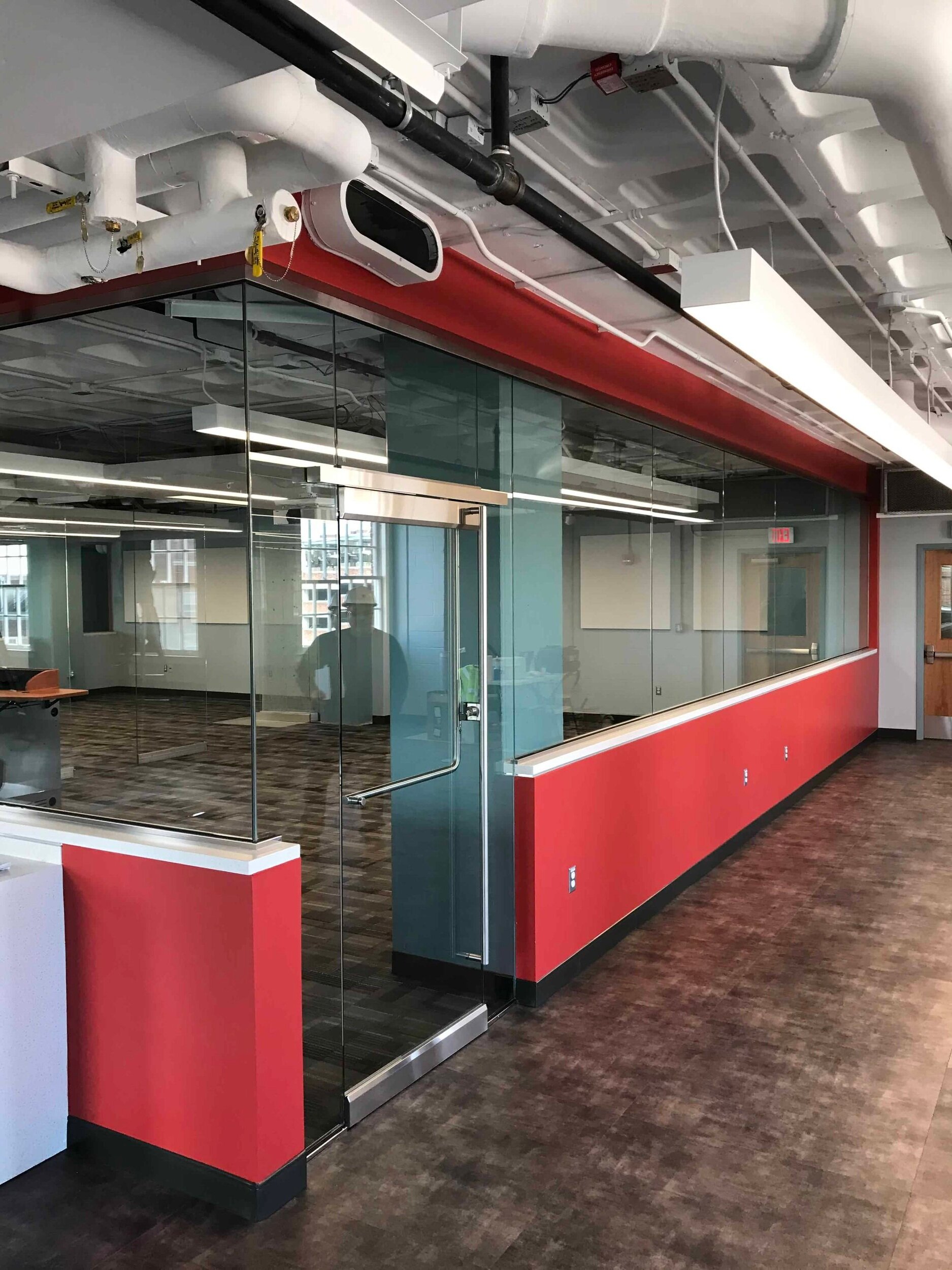









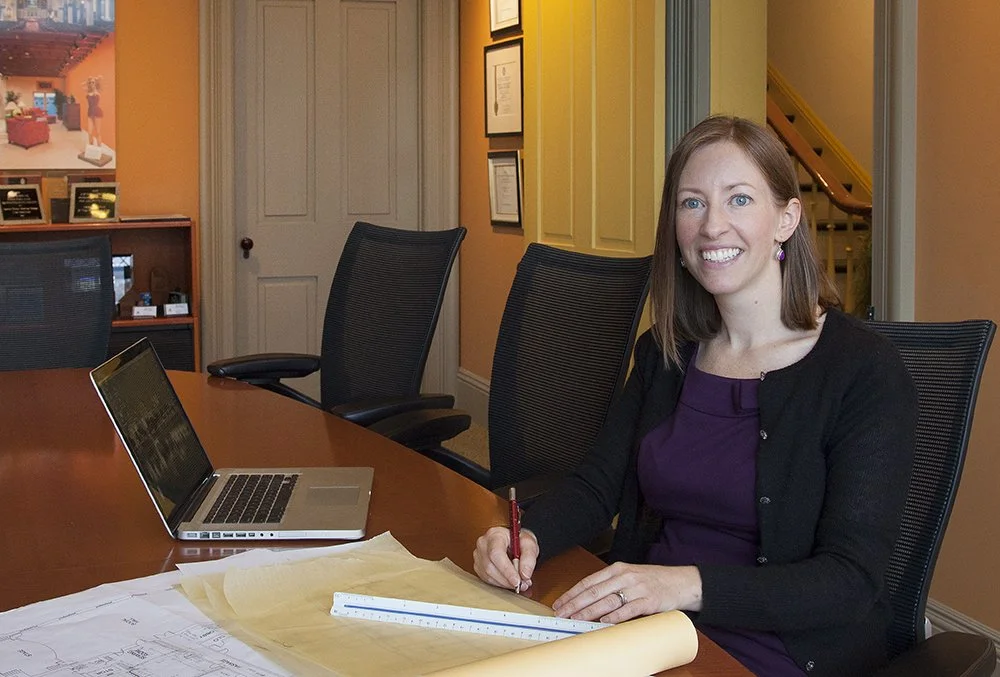


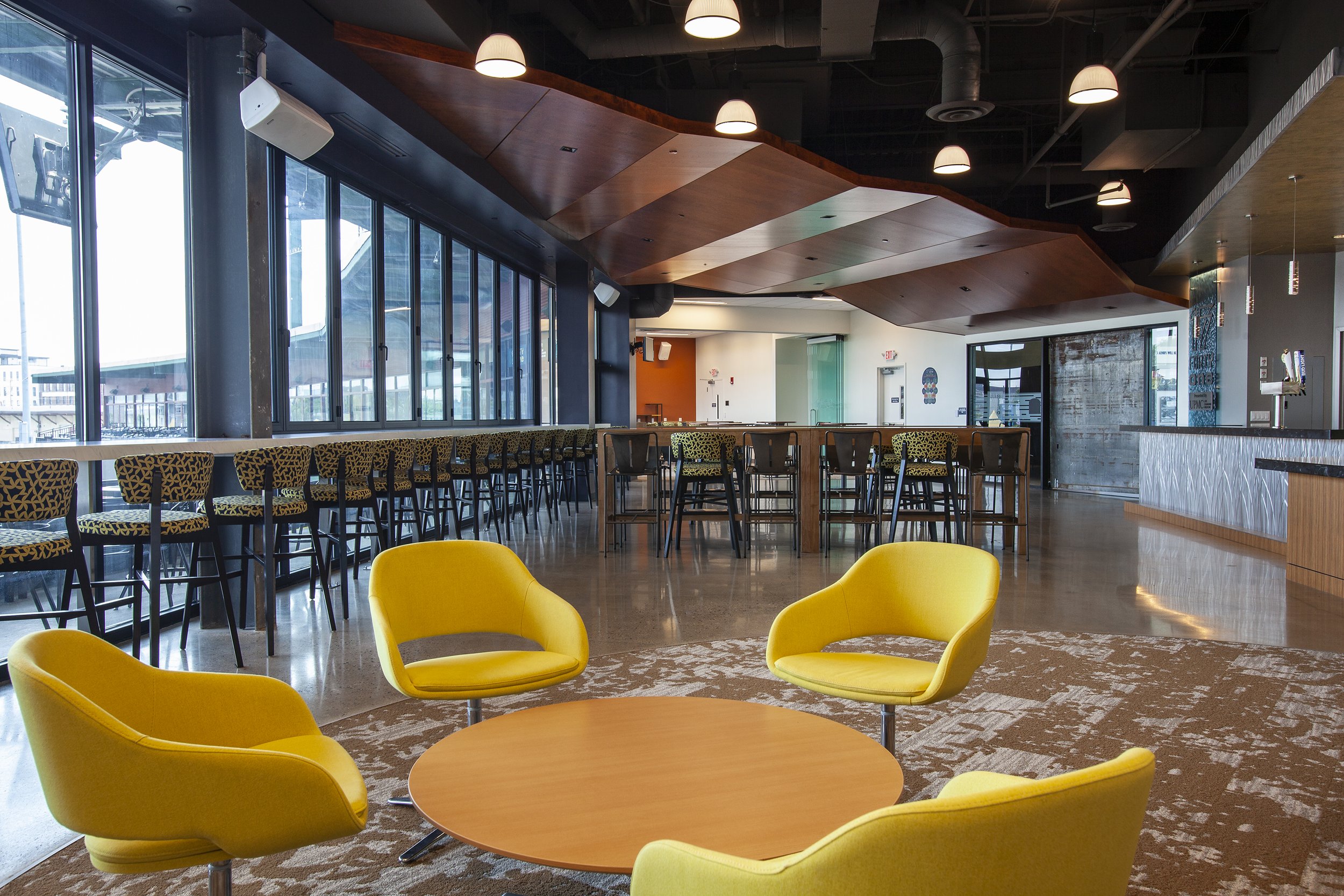




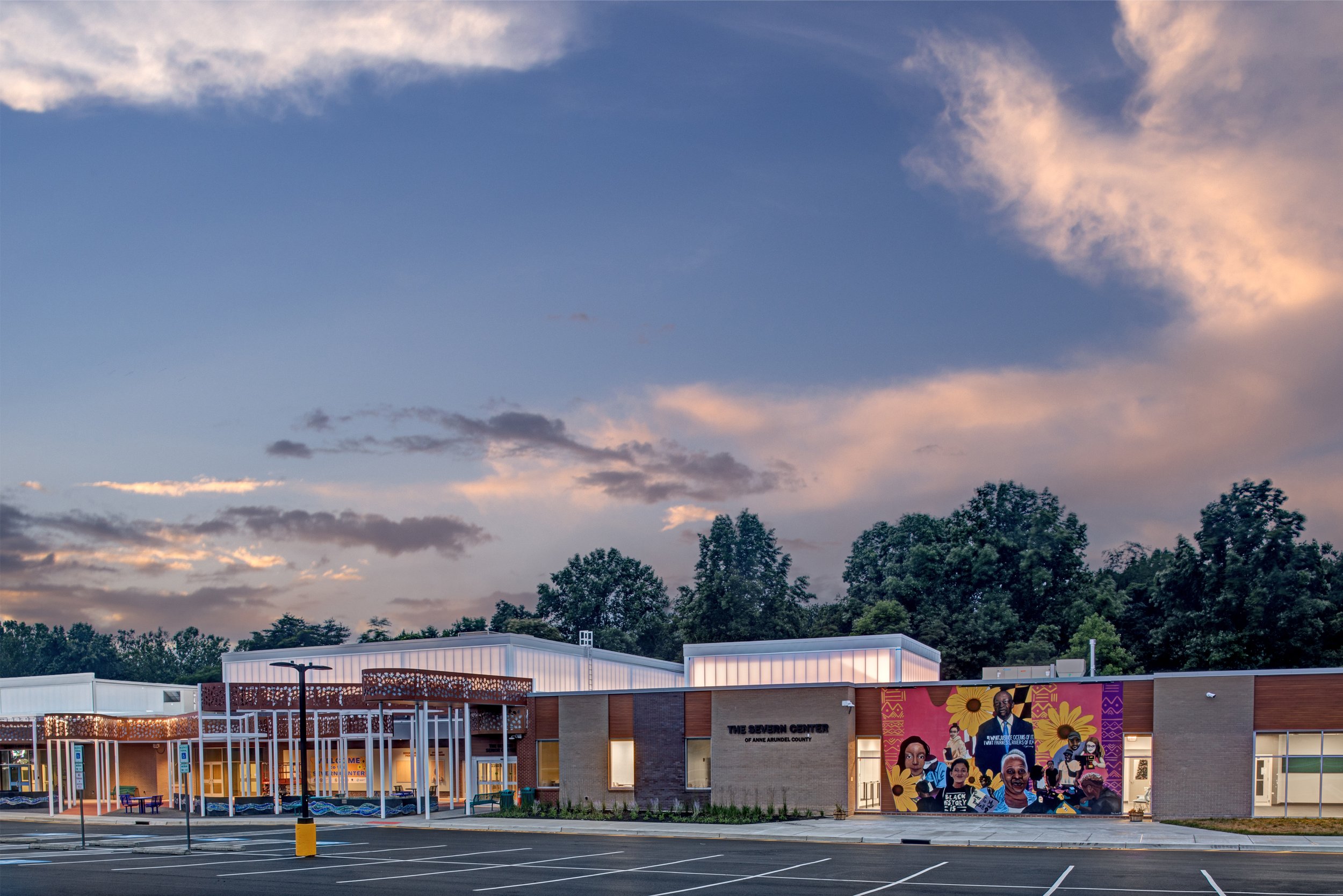


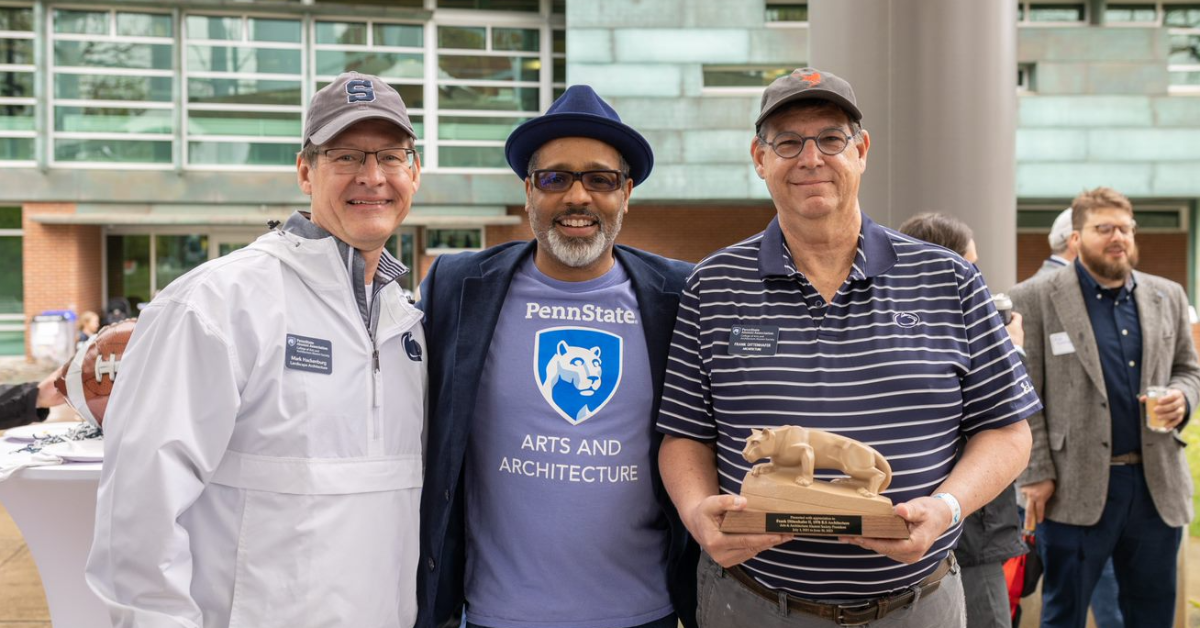
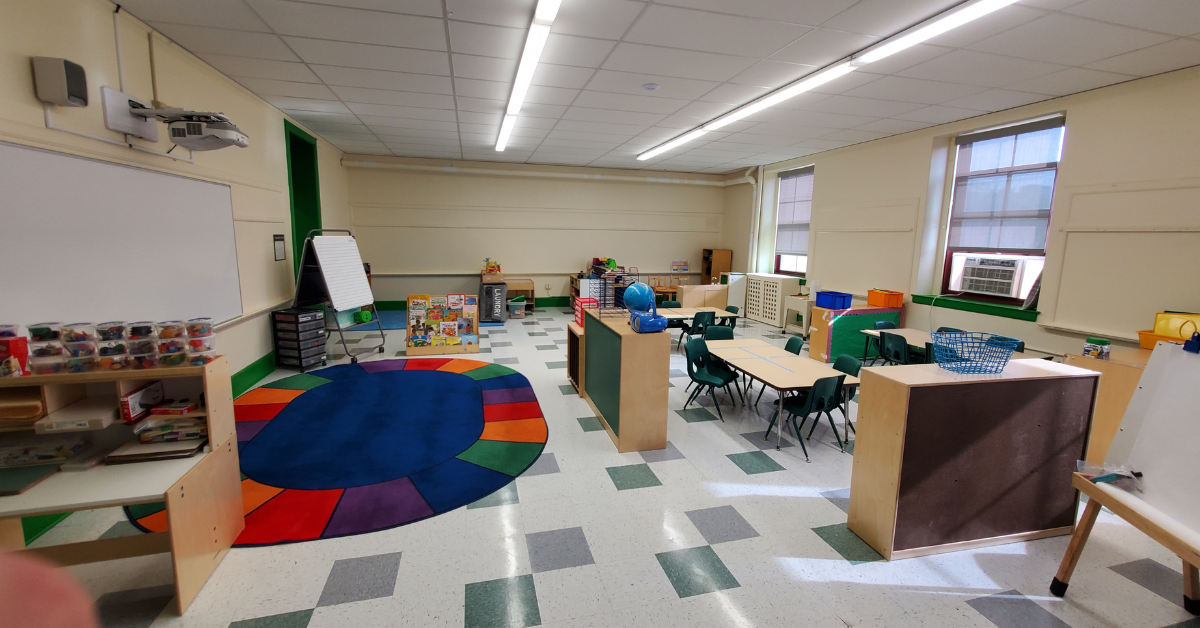
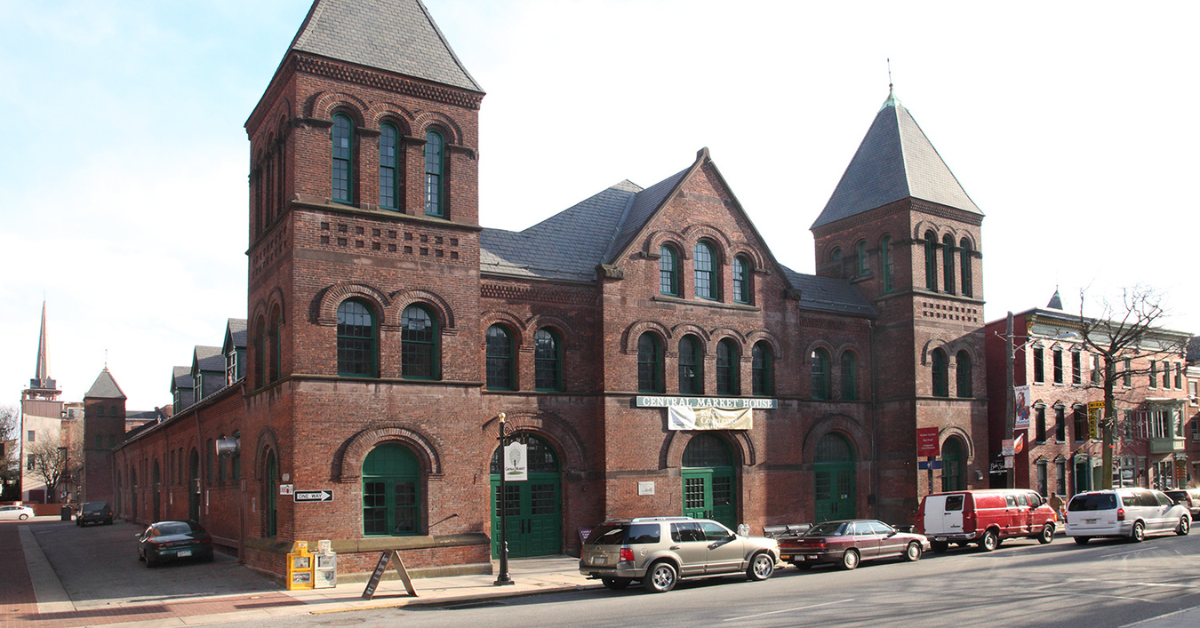









Harford Community College’s expanded new construction Chesapeake Welcome Center is a lesson in Architectural identity